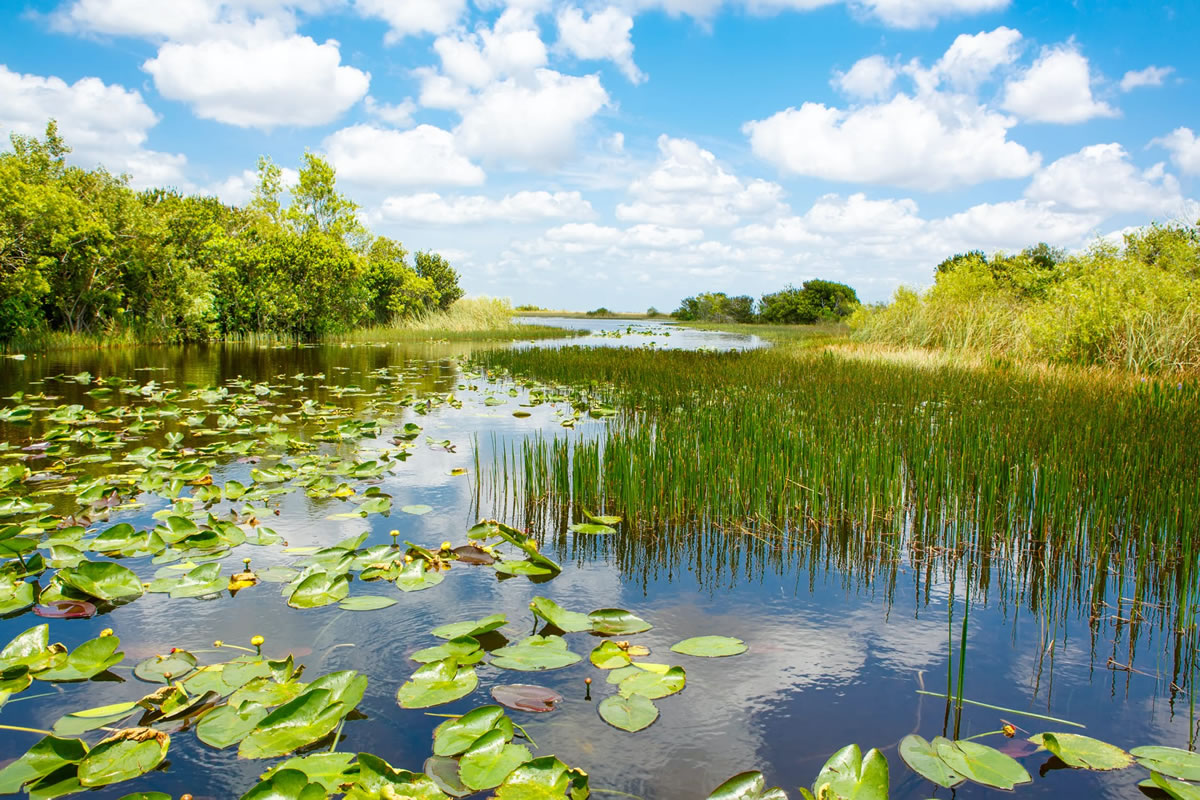5 Fun Facts about the Everglades



Florida's Everglades are extraordinary, and it's easy to see why people travel to the Everglades from all over the world to visit the wetlands. With unique vegetation and fascinating wildlife, the Everglades are stunning. But with the ecosystem receiving more and more attention recently, there's still much to learn about its contributions to South Florida and beyond. When you are onboard our airboat rides in Orlando, you can get up close and personal with all that the Everglades have to offer. These are just a few fun facts you should know about the Everglades.
It is a river that flows from north to south near Lake Okeechobee. The river is more than 60 miles wide and 100 miles long. According to the US National Park Service, it is the largest contiguous sawgrass prairie in North America, the largest designated desert in the eastern United States, and the largest mangrove ecosystem in the Western Hemisphere.
The wetlands around the river provide a lush ecosystem for many animals. Grassy River was once 50% larger and once 4,000 square kilometers in size but has shrunk due to construction and associated reclamation work.
Florida is home to more than 1.5 million alligators, more than 200,000 of which live in the Everglades. Alligators congregate around the coastal portion of the Everglades, while native alligators prefer to stay inland where there is fresh water. Although their paths do not cross very often, it is the only place in the world where they live in the same neighborhood.
Crocodiles and alligators belong to the group of reptiles known as crocodilians, the largest living reptiles. Fortunately, American crocodiles tend to be smaller and less aggressive than other species. However, alligators are, on average, 68% muscle.
Welcome to North America's most active breeding site for tropical waders. Here you will surely see some beautiful birds like storks, egrets, snowy egrets, little blue herons, red herons, glossy ibises, or the colorful rosy storks - to name a few. There are many other types of birds.
More than 360 different species of birds are found in Everglades National Park. This is a popular spot for bird lovers. Endangered Species Act protects many birds in the area, including red-crowned woodpeckers, whistling birds, terns, sparrows, wood storks, and Everglades snail kites.
The water in the Everglades averages only 4 to 5 feet deep, with the deepest point being about 9 feet. Although the river is shallow and people can swim, you should stick to the motorboat for your safety. No matter where you travel, you'll find plenty of wildlife in the Everglades, especially alligators.
Oil was discovered in the park as early as the 1940s, and the Humble Oil Company previously owned the area. Although oil was once discovered, the company turned the area over to the government due to its poor quality. This national park has changed over the years, and protecting the Everglades is a high priority.
If you want to get a unique experience through the Florida Everglades, reserve our airboat rides in Orlando today!